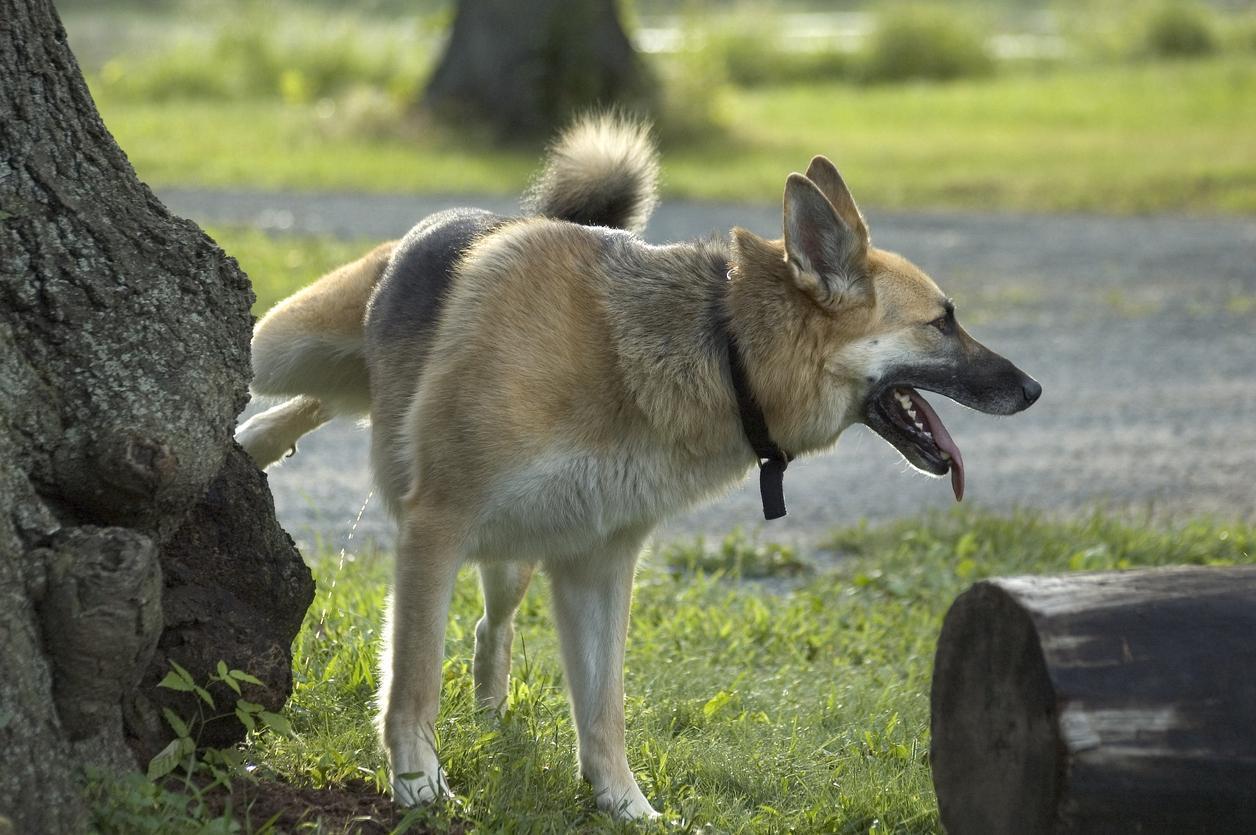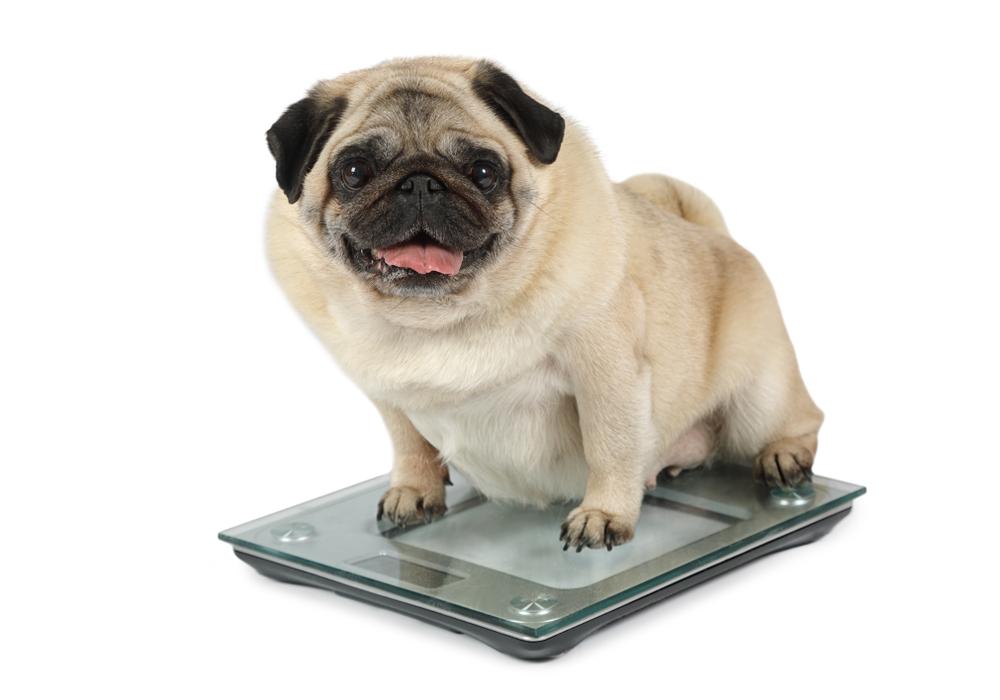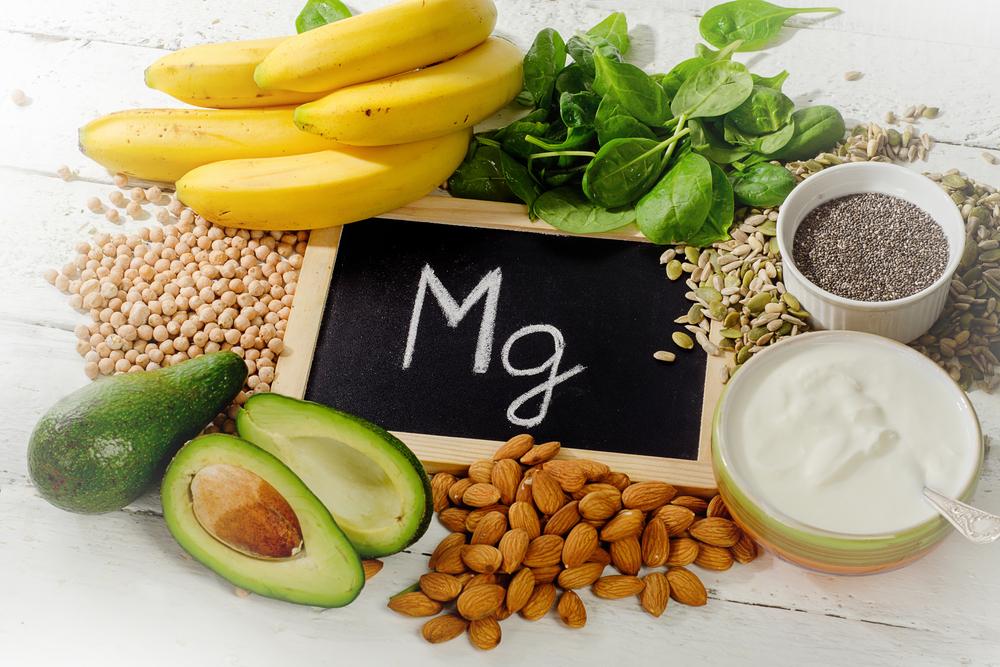When we understand that that the microbiome has a direct relationship with every organ in the body, why wouldn’t we wonder whether it could play a role in our dog’s bladder stones? We are somewhat lagging in canine data, but let’s take a look at the current information around urinary health and the microbiome.
The Urinary System
As body cells carry out metabolic activities, they consume oxygen and nutrients. During this process, waste products are made. These waste products must be eliminated from the body because if they are left to accumulate, they can become toxic.
As the respiratory system eliminates carbon dioxide, the urinary system picks up the remainder of the waste products.
This system consists of:
- Two kidneys
- Two ureters
- One urinary bladder
- One urethra
The kidneys filter the blood of wastes and excretes them into urine. Once formed, urine passes through the ureters and is stored in the urinary bladder. It is then excreted through the urethra.
The Bladder and Urine
Cats and dogs can be prone to developing urinary stones and infection. These occur when the concentration of certain minerals in your pet’s urine becomes too high (alkaline).
In healthy pets, the urine pH is generally in the 6.5 to 7.0 range. If the pH is acidic (pH below 6) or alkaline (pH above 7) it may allow bacteria to thrive and for crystals or stones to form.
Stones in the bladder can cause inflammation, predispose to urinary tract infections, and even cause an obstruction of the urinary tract.
There are several different types of stones, and they are composed of different minerals and compounds:
- Struvite
- Calcium oxalate
- Urate
- Cystine
The most common causes include:
- Bacteria in the urinary tract
- Urinary pH
- Minerals present in the urine
- Genetics
- Bladder inflammation
Struvite Stones
These stones form due to excess magnesium, ammonium, and phosphorus.
Normal canine urine is slightly acidic and contains waste products from metabolism. Struvite is a normal compound found in canine urine and will remain dissolved if the urine is acidic and not too concentrated. When the urine become too concentrated or alkaline, struvite crystals form.
These stones tend to form because of a urinary tract infection and involves an enzyme known as urease.
Urease is produced by the pathogenic bacteria and breaks down urea, which is normally found in urine. In the process, excess ammonia is produced which causes the urine to become alkaline. Excess ammonia in the urine also results in bladder inflammation, contributing to the issue.
These stones are generally more common in female dogs.
Kidney disease, long term use of diuretic medication and PPI’s can also result in alkaline urine, predisposing the dog to struvite stones.
Calcium Oxalate Stones
The current line of thinking is that urine high in calcium, citrates, or oxalates and is acidic predisposes a dog to developing calcium oxalate urinary crystals and stones.
Recent studies have shown diets that cause high urine acidity (urine pH less than 6.5) may predispose dogs to develop this type of bladder stone.
But, like most things, there are likely other causes of calcium oxalate bladder stones too. For example, over-usage of antibiotics may reduce numbers of the intestinal bacteria
Oxalobacter formigenes whose sole nutrient is oxalate. In dogs with low populations of
Oxalobacter, excess oxalate is secreted in the urine, increasing the likelihood that calcium oxalate crystals and stones can form if the urine is highly concentrated or becomes acidic.
Calcium oxalate uroliths are noted more commonly in male dogs and the breeds most diagnosed with both struvite and calcium oxalate bladder stones included Shih Tzus, Miniature Schnauzer, Bichon Frise, Lhasa Apso, and Yorkshire Terrier.
Urate Stones
Urate stones are generally caused by a genetic condition in some dog breeds like Dalmatians, Jack Russel Terriers and Bulldogs. But they are also seen with liver disease, especially in dogs or cats with liver shunts.
Urate stones are made from compounds called purines.
Purines are one of the most common chemical compounds on the planet. There are both endogenous and exogenous. Exogenous purines are absorbed by the body through the foods eaten, and endogenous purines are made by the body itself.
Purines and pyrimidines are the two families of nitrogenous base that make up nucleic acids – in short, they are the building blocks of DNA and RNA.
Purines have a number of functions in the body:
- Signalling molecule
- Provide energy
- Control cell growth
- Part of essential coenzymes
- Contribute to nervous system function (including neuronal development)
As you can see, purines perform many important functions in the cell, and so the balance between its synthesis and degradation is essential.
When purines are catabolised, the result is uric acid. In all other mammals, apart from humans and Dalmatians, uric acid is then converted to allantoin, which is a very soluble excretion product. For us humans and those unlucky dogs, we excrete uric acid through the kidneys (with some excreted through the gastrointestinal tract).
Uric acid is suggested to behave as a potent antioxidant. It is also thought to maintain blood pressure under low salt conditions and has been seen to function as an anti-inflammatory in certain diseases, but when levels become too high, in a condition known as hyperuricemia, problems can ensue. In humans, this can result in diseases such as kidney stones and gout and may cause hypertension. In those unlucky dogs, high uric acid levels result in bladder stones.
For this reason, a low purine diet is often suggested for those pets suffering urate stones.
Uric Acid and The Microbiota
It is thought that around 1/3 of uric acid excretion occurs via the intestinal pathway. When uric acid is excreted into the gut, it is then metabolised by resident bacteria. What is interesting is that when kidney function is impaired, uric acid will mainly be eliminated by the intestine as compensation.
It’s not therefore entirely surprising that there is a correlation between efficient uric acid metabolism and certain strains of bacteria found in the gut. Human studies have found a significantly reduced bacterial diversity in human patients suffering with gout compared to controls. This highlights the importance of microbiota health in even urinary health of your dog.
This is implicated further when we consider that there is a microbial community found in the urinary system.
The Microbiome in The Urinary System
The clinical dogma, up to very recently, assumed urine from healthy individuals was sterile and the presence of bacteria signified some type of infection in the urinary tract, but we are learning that the urinary system has its own community of resident bacteria.
We are still lagging behind in canine data, and feline for that matter, but to date, we have learned:
- There is a difference between male and female urinary system microbiomes
- The urinary microbiome changes over time – the young possess a different community to the old – decreases in certain species with age can lead to increased risk of pathogenic blossom
- Certain bacteria are implicated in recurrent bladder stone formation in humans
Findings Here
To this end, its essential to support a health urinary microbiome.
We know there is a direct link between the gut and urinary microbiome health, it’s termed the gut-bladder axis and therefore supporting gut health plays a role in bladder health.
The Gut-Bladder Axis
Composition of the gut microbiome can impact that of the urinary microbiome due to the ability of intestinal uropathogens translocating from the gut to the urinary tract after being shed in the faeces. They are able to ascend to the bladder following colonisation of the periurethral region and go on to grow and multiply after successful adhesion and colonisation of the bladder epithelium. This translocation of bacteria might help to account for the increased prevalence of urinary challenges in females bearing in mind the close proximity of the urethra to the anus.
In optimising the microbiome found in your dog’s gut, check out the following blogs:
What Can Cause Gut Dysbiosis?
What Can Help Gut Dysbiosis?
We also need to optimise the health of the urinary tract, this can include:
- Nutrient rich diet – vitamins A, C, D, and zinc all support a healthy urinary tract lining which is crucial to a healthy microbiome,
- Vitamin D has also been seen to promote anti-microbial activity in the urinary epithelium – suppressing the blossom of pathogenic bacteria which can tip the balance.
- Hydration – we know that dry foods can influence hydration status; opt for a fresh food diet with a higher moisture content and offer filtered water to drink. Bone broth is a great way to increase fluid intake if you have a fussy dog.
- Support immune function – low immunity has been implicated in poor urinary microbiome health. Check out our blogs below:
Top 10 Foods For Immunity
Your Pet’s Immune System
Do We Need To Boost Our Pet’s Immune System?
We are learning more and more every day, but it seems the various microbiomes play a larger role in overall health than we originally thought. It is yet another piece to the puzzle of our pet’s health, and one that we have great experience in putting together. If you would like any support with your pet, then check out our services to see how we can help.
Thanks for reading,
MPN Team




















